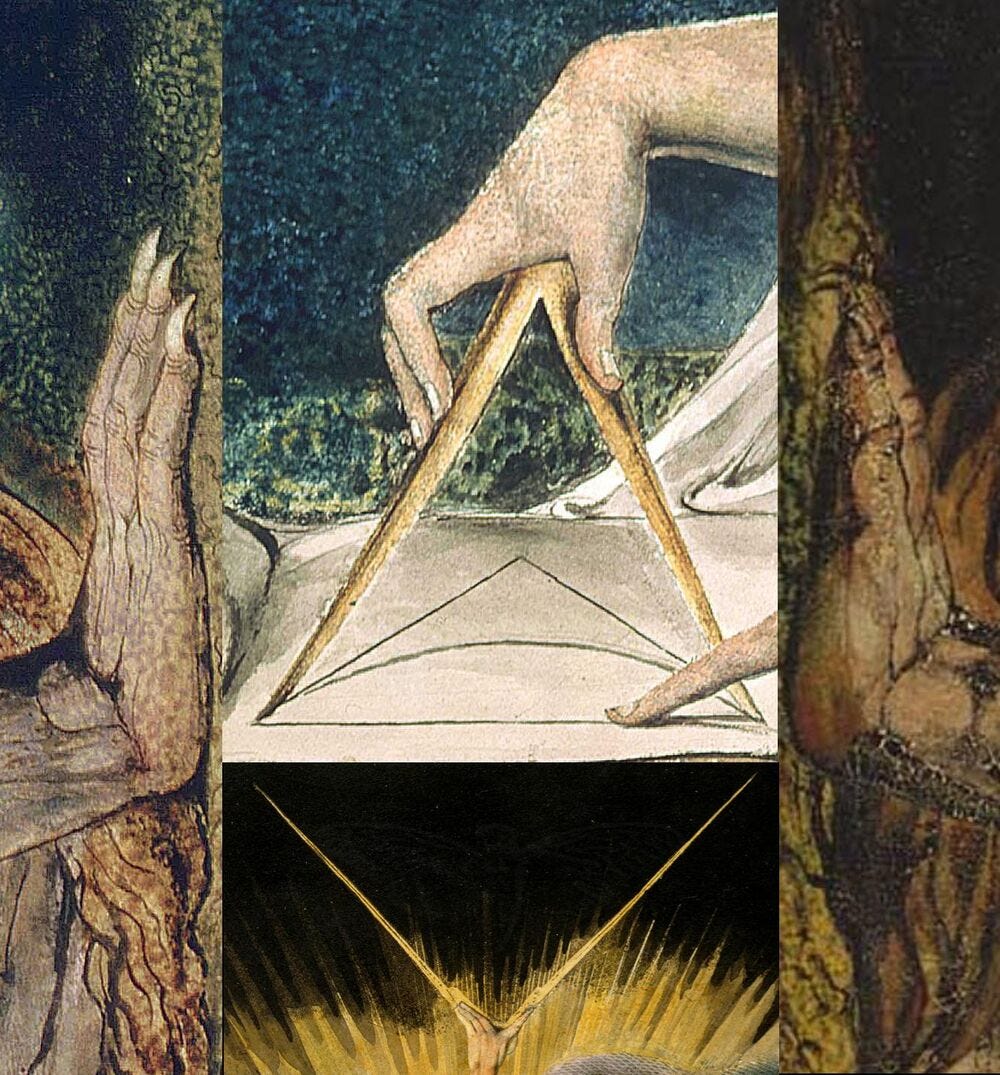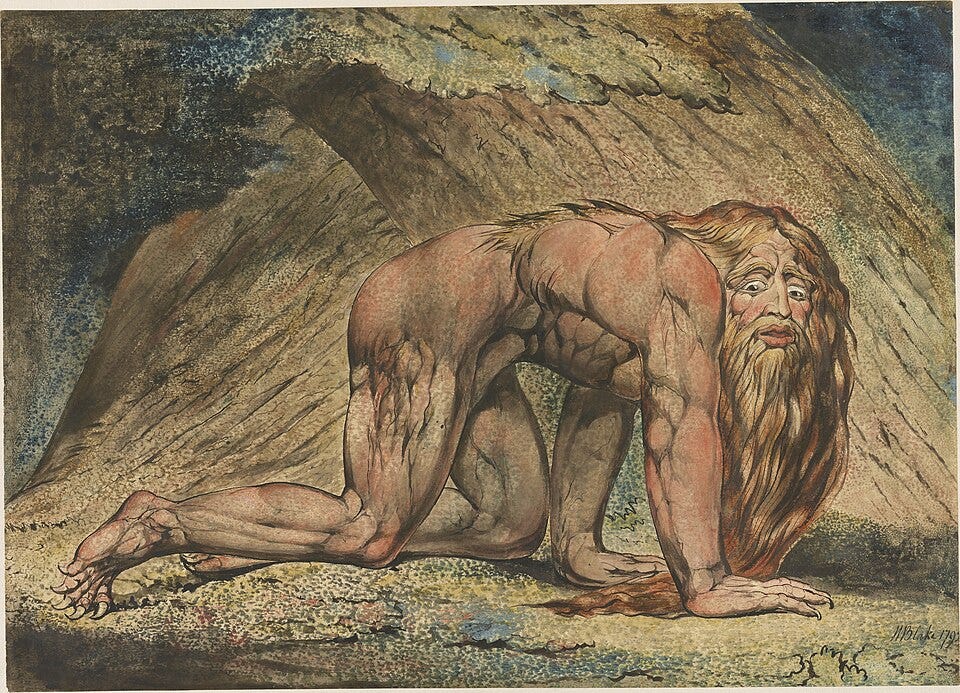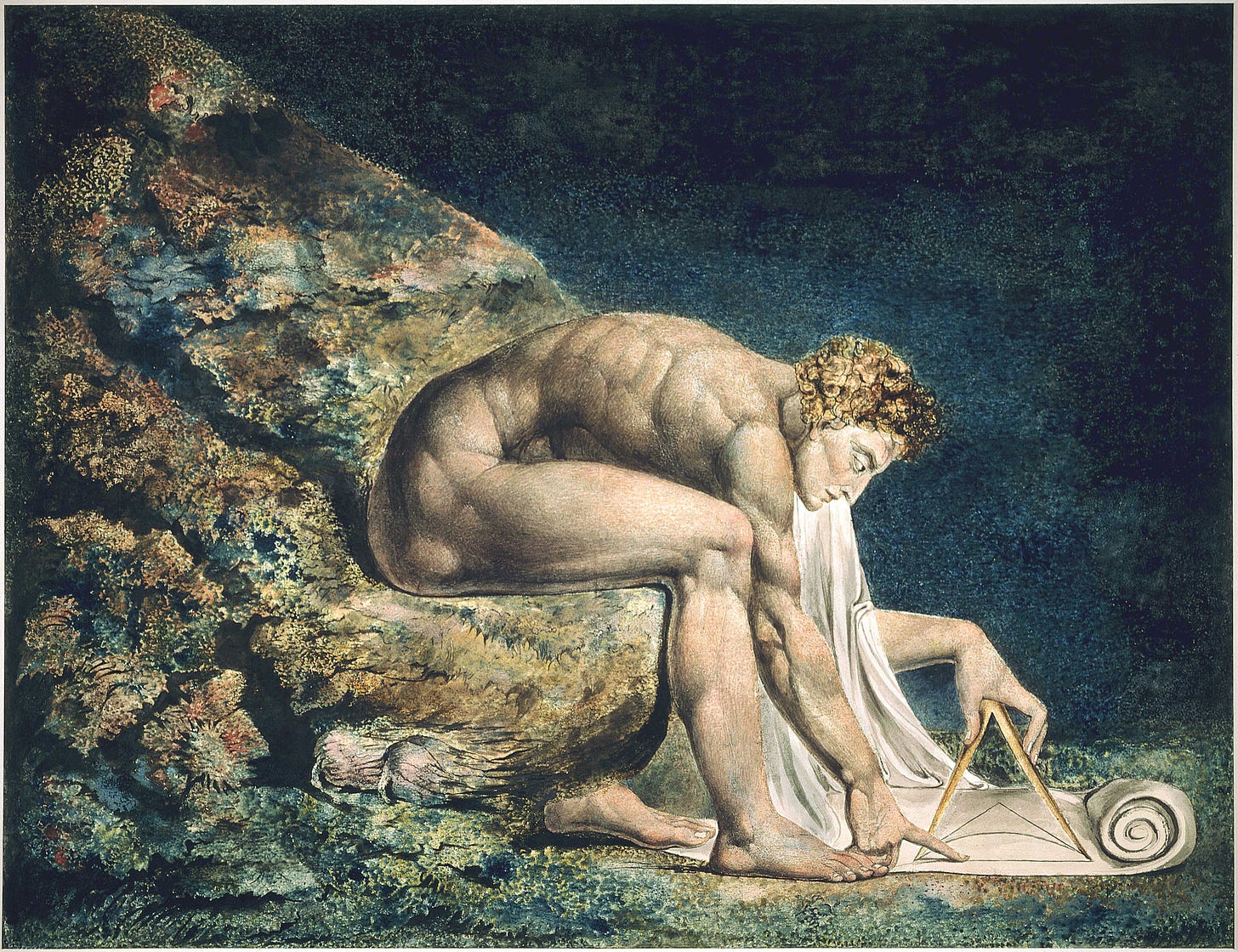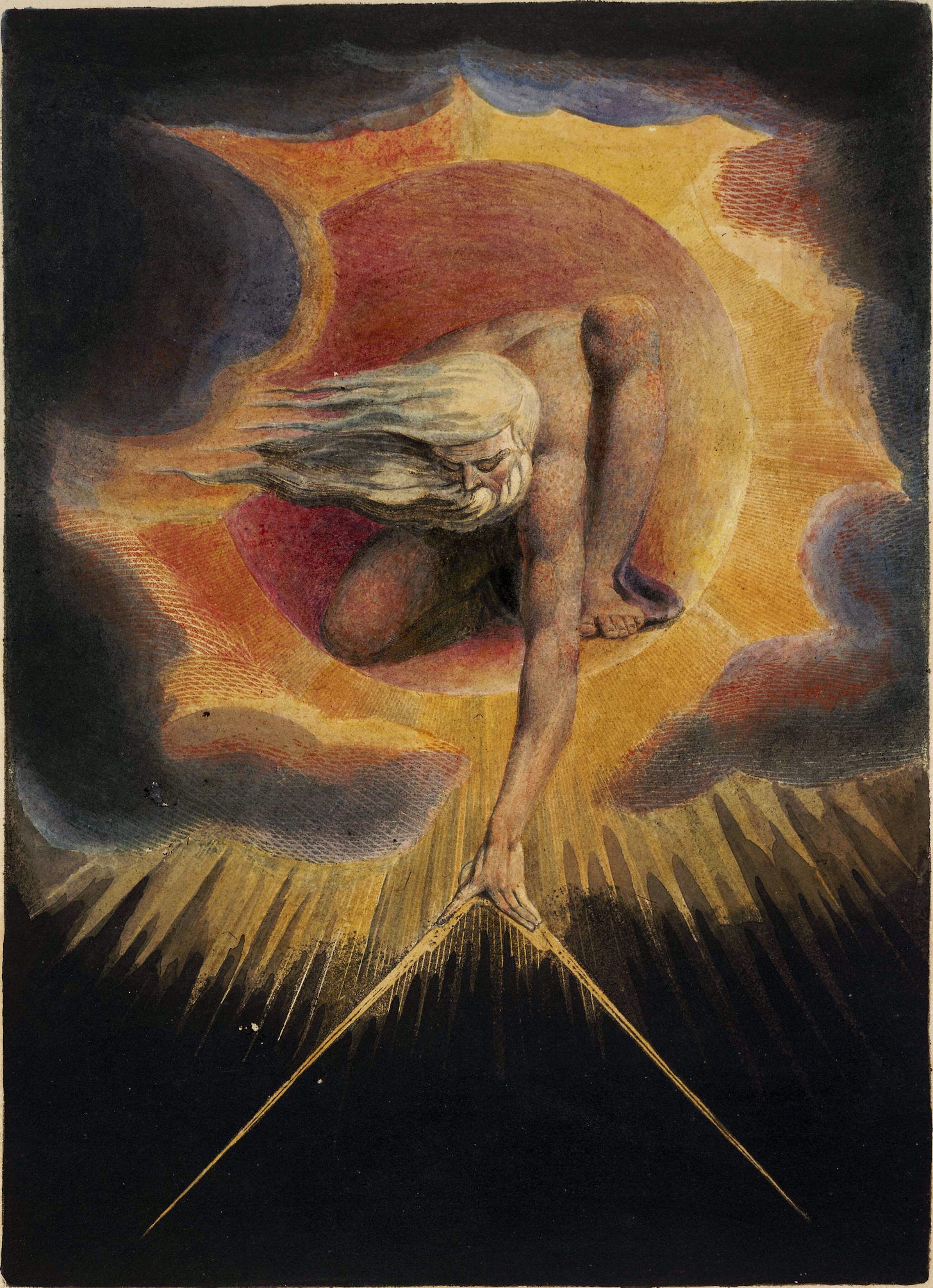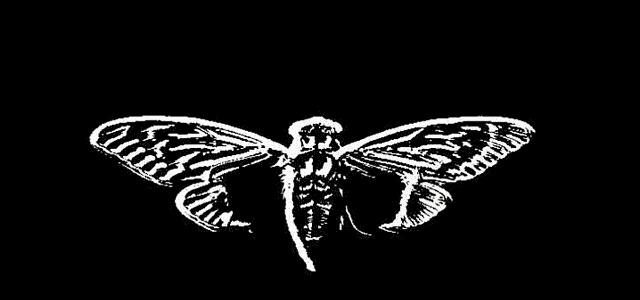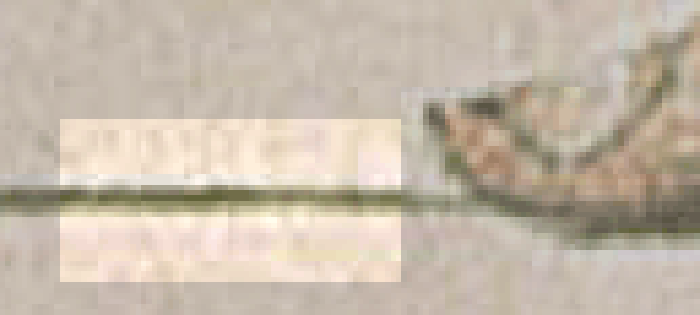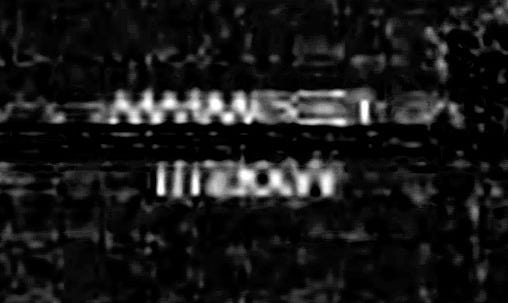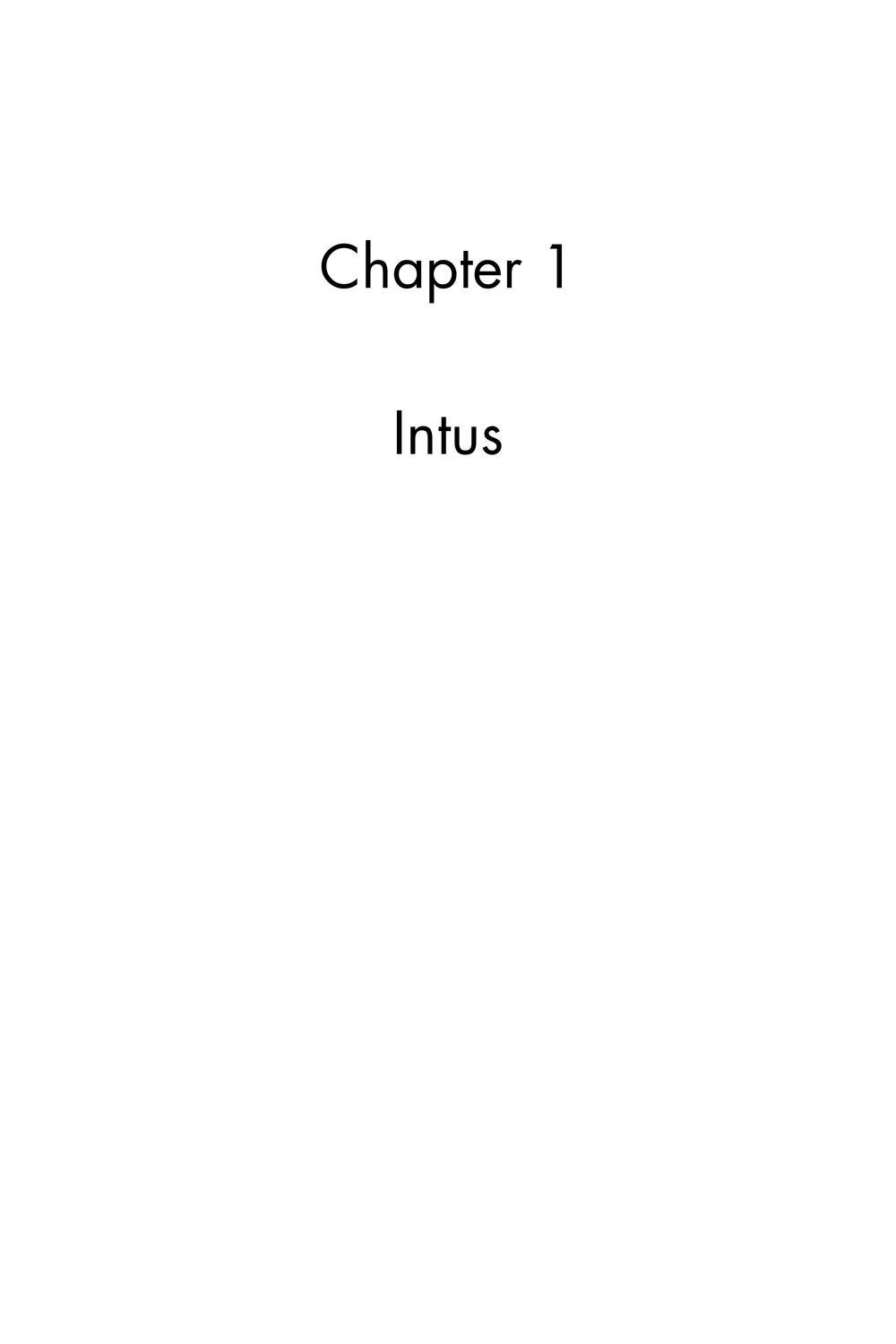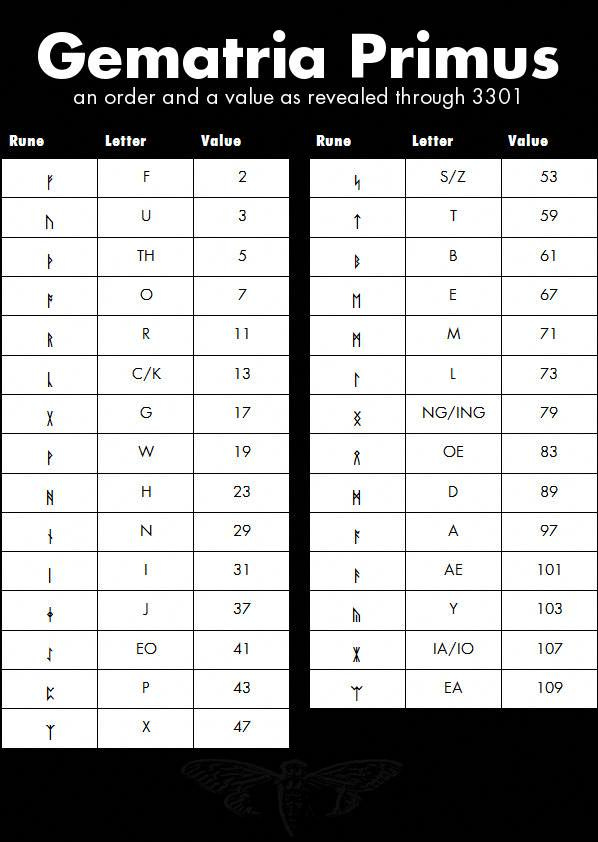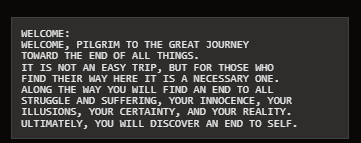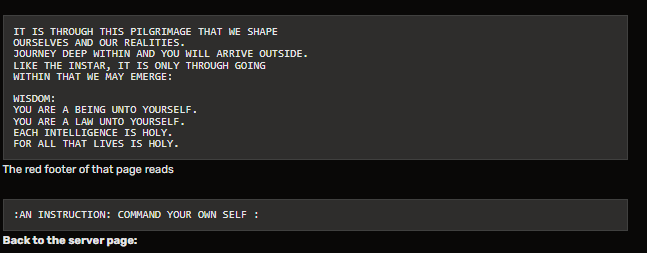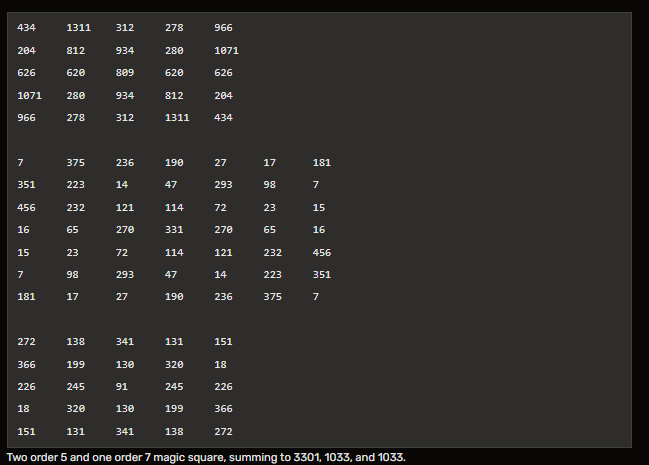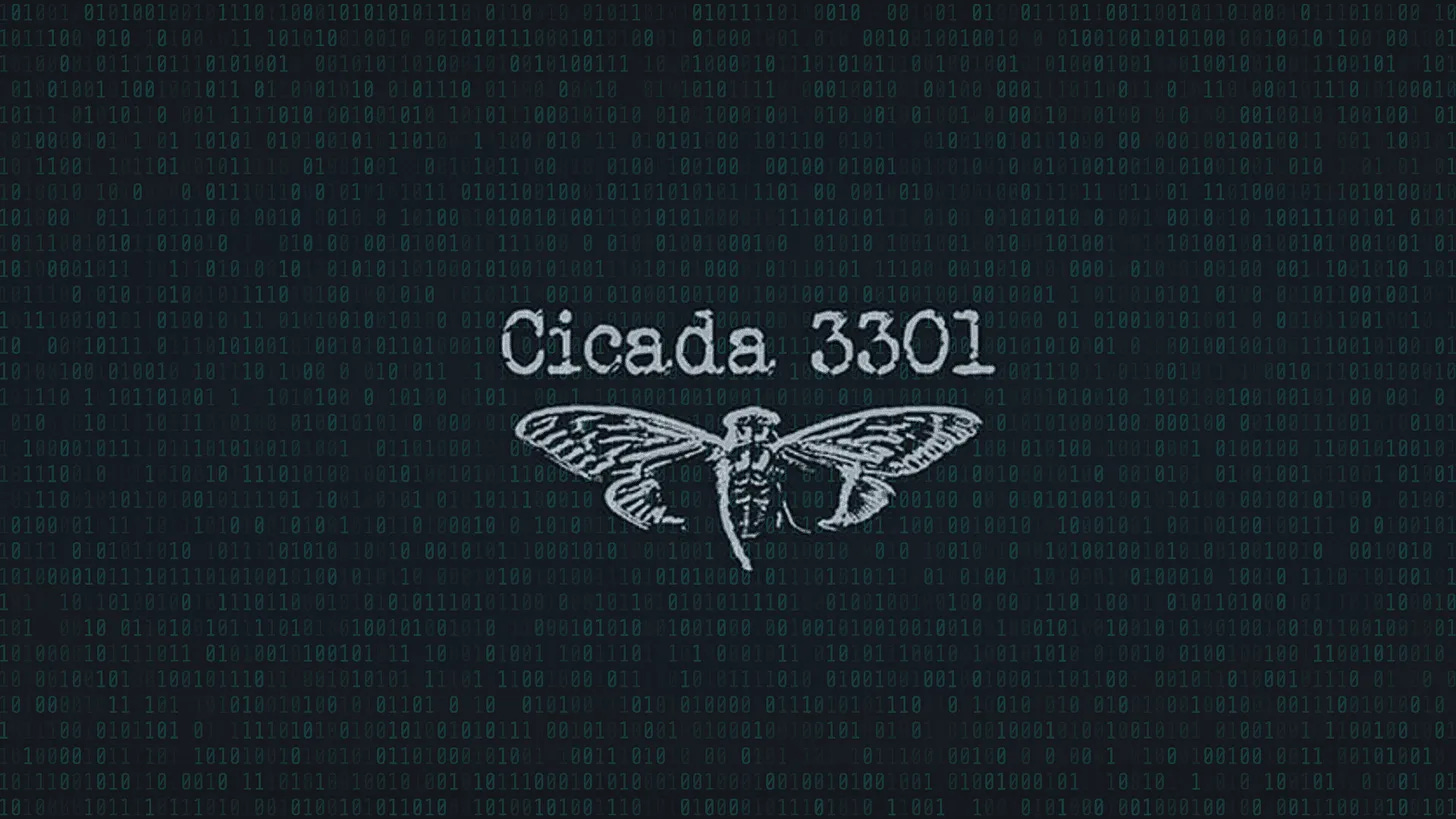Part 2: The Internet’s Most Beautiful Trap: A Deep Dive into Cicada 3301
A Puzzle That Refused to Be Solved, From 4chan to the Dark Web and Back Again
INTRODUCTION
We’ve already walked through the first two Cicada puzzles (Link to Part 1 Below) — intricate, cryptographic, and profound in scope, yet surprisingly legible in retrospect. While they demanded real effort, they could still be understood, tracked, and, in some sense, finished. They tested intelligence, yes, but they also rewarded collaboration. Each time a wall went up, someone posted a ladder. The community grew strong because it shared what it found.
But this next part — Puzzle 3 — is where everything begins to shift.
This was the moment the puzzle stopped being accessible. The final test of 2014, later dubbed Liber Primus, was a book of runes, delivered through a labyrinth of cryptographic ciphers, prime-factor attacks, steganographic messages, and onion-layered servers. This wasn’t a mere challenge anymore. It was a gauntlet.
And something else was changing too.
Up to this point, each solved layer triggered public celebration. Pastebins. Forums. Wikis lighting up with insight. People were building on each other’s work. But around the time Liber Primus appeared, that energy faltered. Community progress slowed. Posts stopped. Those who made it to the deepest layers either had nothing more to give — or chose not to give it.
This, in and of itself, is telling.
So what happened?
Did the puzzle simply exceed the public’s technical capacity? Did only a few individuals reach the final layers, and choose silence over openness? Or — and this has been debated endlessly — were some of them contacted directly by the creators? Were they recruited? Were they taken off the public grid, placed into a private channel, and tested for something we’ve never seen?
We don’t know. And maybe we’re not meant to.
What we do know is this: the third puzzle remains officially unsolved. And it is the most elaborate, most philosophically loaded, and most structurally complex part of the Cicada mythos. Even the so-called "solved" pages of Liber Primus continue to spawn debate over their meaning, their origin, and the intentions behind them.
This publication will attempt to walk through the entire sequence — not just to explain the puzzle, but to experience its unraveling. We’ll follow the clues, step by step. We’ll trace the jump from William Blake to RSA factorization, from book ciphers to onion servers, from mathematical proofs to metaphysical warnings etched in invented runes.
This was the last puzzle we were given.
It was not the last message we received.
But it was the moment when things stopped feeling like a game.
THE OPENING MOVE
The third puzzle began the way so many Cicada events did: quietly.
On January 6th, 2014, a dormant Twitter account associated with previous Cicada transmissions stirred back to life. It posted a single image, hosted on Imgur. At first glance, it was simple — no overt text, no overt signal. But those who had been watching knew what to do.
The image, like so many before it, was hiding something.
Using the program outguess, solvers extracted a signed PGP message embedded within the image. The contents were as follows:
“The work of a private man who wished to transcend,
He trusted himself to produce from within.”
Below the poetic riddle was something more technical: a list of numeric sequences.
These numbers weren’t random. They were a book cipher. The format — paragraph, sentence, word, letter — mirrored the structure used in previous puzzles. And thanks to the hint in the poem (“He trusted himself”), it didn’t take long to discover the key text: Self-Reliance and Other Essays by Ralph Waldo Emerson.
Each line of the cipher yielded one letter. Decoded fully, it formed a hidden .onion address on the Tor network:
auqgnxjtvdbll3pv.onion
The puzzle had begun.
THE BLAKE COLLAGE
Hands in above Collage are from William Blake - Nebuchadnezzar
Newton Triagle in above Collage is from Newton (Blake)
Bottom Ancient Days is from
Visiting the onion address revealed an image — a collage composed of four paintings by the English poet and mystic William Blake. As before, it looked artistic. As before, it was hiding more.
Steganographic tools extracted a new message — this time containing two critical components:
A public RSA modulus
nA public exponent
e = 65537And a large encrypted blob of data
This was a textbook RSA encryption setup. But there was no private key provided.
If solvers wanted to move forward, they would need to factor n into its prime components, a task that becomes exponentially harder the larger n is.
Fortunately — or perhaps intentionally — the modulus n was only 432 bits long. Still formidable, but within range of distributed computing.
And so, the community went to work.
A COLLECTIVE BRUTE FORCE
Solvers coordinated across forums and private chats. They built a shared CADO-NFS instance — a number field sieve tool for distributed RSA cracking. Volunteers offered up personal machines, rented servers, and eventually cracked n into its two primes, p and q, after nearly a full day of computation.
The decrypted payload revealed another .onion link — the second stage.
cu343l33nqaekrnw.onion
They followed.
THE GROWING STRING
This time, the onion page seemed almost empty.
No text. No clues. Just a long string of hexadecimal characters — slowly, almost imperceptibly, growing in length. Every few minutes, two new characters appeared. This continued for nearly 23 hours.
Solvers monitored the changes, logging each update, until the full string had been revealed: 512 characters, assumed to be a hex-encoded payload.
Then, just as quietly as it began, the page changed. The string vanished. A new one appeared. And this time, it was massive — over 3.6 million characters long.
It was noise. Or so it seemed.
But those who remembered Cicada’s patterns knew what to look for.
Inside that sea of characters were three hidden JPEG files — extracted by bit-flipping, byte-parsing, and structural detection. Each image was ancient-looking, rune-filled, and titled cryptically:
Liber Primus
Intus
Runes
They were not simply illustrations. They were pages.
ENTER: LIBER PRIMUS
The title was Latin: Liber Primus. “The First Book.”
The content? A coded manifesto — a series of pages written entirely in Cicada’s custom rune set. This was not just encryption. This was invention.
Solvers got to work decoding the runes, mapping them to English characters using the "Gematria Primus" — a grid originally derived from a 2013 puzzle.
The decoded content read like scripture:
BELIEVE NOTHING FROM THIS BOOK
EXCEPT WHAT YOU KNOW TO BE TRUE
TEST THE KNOWLEDGE
FIND YOUR TRUTH
EXPERIENCE YOUR DEATH
It was a warning — and an invitation.
Each decoded line resolved to a prime number sum, suggesting numeric coherence behind the philosophy. The book wasn’t just metaphor. It was mathematically constructed.
More pages followed. More runes. Some were cracked. Others resisted every known cipher. And over time, the community began to fracture. There were still trails to follow, but fewer people were willing — or able — to keep up.
THE DESCENT CONTINUES
Decoding Liber Primus opened the floodgates, but it did not lead to clarity. Instead, it led deeper — not just into more encrypted texts, but into new metaphysical terrain. The book was not a puzzle in the traditional sense. It was a doctrine wrapped in logic traps, embedded in rune sequences, delivered through intentionally inefficient means.
What came next was the third .onion layer, revealed by XORing hidden data across the three images extracted earlier. This yielded a new PGP-signed message, containing another Tor address:
fv7lyucmeozzd5j4.onion
Visitors to this hidden service were met with silence. A blank page. But then, slowly — byte by byte — a string began to grow, just like before.
Again, solvers waited. They tracked its evolution. Logged its changes. And in parallel, someone ran a brute-force directory scan (DirBuster) on the server — uncovering a critical vulnerability:
The Apache status page was leaking live server info.
This status page contained more embedded hex — which, once parsed and reversed, revealed two more images. Both were encrypted. Both contained Cicada’s runes. And both pointed to something bigger.
A magic square appeared in the extracted binary:
A perfect grid whose rows, columns, and diagonals all added up to the same sacred number: 1033.
That number would return. Again and again.
FROM ENCRYPTION TO PHILOSOPHY
The runes decoded as manifestos. Lines like:
THE PRIMES ARE SACRED
THE TOTIENT FUNCTION IS SACRED
ALL THINGS SHOULD BE ENCRYPTED
And:
ULTIMATE TRUTH IS THE ULTIMATE ILLUSION
JOIN US AT [new onion address]
That new address opened another hidden service.
Again: a growing string. Again: image extraction. Again: a layered set of encrypted JPEGs.
But this time, the message began to shift.
One image contained a koan — a Zen-style dialogue between a master and a seeker. Another spoke directly to the reader:
IT IS NOT AN EASY TRIP,
BUT FOR THOSE WHO FIND THEIR WAY HERE,
IT IS A NECESSARY ONE.
Another page simply read:
DO FOUR UNREASONABLE THINGS EACH DAY.
These weren’t just instructions. They were behavioral tests.
The puzzle was no longer trying to see if you could solve a riddle. It was watching how you solved. What choices you made. Whether you followed instructions — or broke them.
THE MAGIC SQUARE TEST
Eventually, solvers were asked to submit three magic squares via a Tor-based CGI upload form. These squares had to match exact mathematical patterns — order-5, order-7, and variations with sacred sums like 3301 or 1033.
But by now, few were still active.
Those who remained complied — submitting the values, building hidden services, and hosting PGP keys as instructed.
In return, they received images. The final rune pages. Some of these were visual illusions. Others contained spiritual assertions, like:
TO BELONG IS DEATH
QUESTION ALL THINGS
DISCOVER TRUTH INSIDE YOURSELF
IMPOSE NOTHING ON OTHERS
There was one final onion address — the sixth layer. It hosted four final images. Each paired a cryptic runic essay with steganographically hidden PGP instructions. One read:
PROGRAM REALITY.
Another:
THE VOICE THAT SAYS "I HAVE NO VOICE" IS THE I.
And then it was over.
THE DROP-OFF
After these pages, all the .onion services went offline. Some lingered for days. Others disappeared within hours. Public discussion died down. The IRCs went quiet. No announcement was made. No solution was posted. Just a vanishing.
Some participants claimed they had been contacted privately. Others claimed they received nothing at all.
A small number of additional pages from Liber Primus were posted in later years, via anonymous sources — a 58-page dump containing unsolved rune pages. But these were never authenticated by Cicada.
The final transmission — an outguess-hidden message in a black-and-white image — simply read:
“We want the best, not the followers. You have done well to come this far. There is one last step…”
That step was never made public.
CONCLUSION
What began as a logic puzzle became something closer to a philosophical maze — and by the end, a test of identity, intention, and will. The third Cicada puzzle (Liber Primus) did not close with fanfare or answers. It simply stopped speaking.
To this day, we don’t know if it was ever completed — or if completion was even the point. Was it a recruitment filter that pulled only the most determined out of the public eye? A spiritual exercise dressed in cryptographic armor? A psychological experiment in information flow, secrecy, and trust?
Or was it something else entirely?
The next publication in this series will explore those possibilities.
We’ll look at the most compelling theories: from military recruitment to digital anarchist movements, from philosophical manifestos to long-form ARGs. And we’ll examine what it means — socially, structurally, and psychologically — when a puzzle stops being solvable in public.
What happens when the answers don’t come back?
Next time, we follow that silence.
Part 1: The Internet’s Most Beautiful Trap: A Deep Dive into Cicada 3301
1. The Image That Started It All
🧭 Companion Publication: Explaining NahgOS
📐 About the Architect
Welcome to The Architect's Quarters
👉 open.substack.com/pub/nahgcorp/p/welcome-to-the-architects-quarters
⚔️ About The Arena
Would You Step Into the Arena?
👉 open.substack.com/pub/nahgcorp/p/would-you-step-into-the-arena
💻 NahgOS Tech and News Index
Welcome to the NahgOS Room
👉 open.substack.com/pub/nahgos/p/welcome-to-the-nahgos-room
🔬 Science Journal Publications on NahgOS Technology
1. Structure Under Pressure: Measuring Hallucination
👉 open.substack.com/pub/nahgos/p/structure-under-pressure-measuring
2. Structure Under Pressure: Engineered Containment
👉 open.substack.com/pub/nahgos/p/structure-under-pressure-engineered
3. The Mirror That Spoke Back: Recursive Realities
👉 open.substack.com/pub/nahgos/p/the-mirror-that-spoke-back-recursive
🧠 NahgOS Supporting Theory
Welcome to the Theory Room
👉 open.substack.com/pub/nahgos/p/welcome-to-the-theory-room
🔐 NahgOS Public Runtime License
👉 open.substack.com/pub/nahgos/p/nahgos-public-runtime-license-and-bd7










